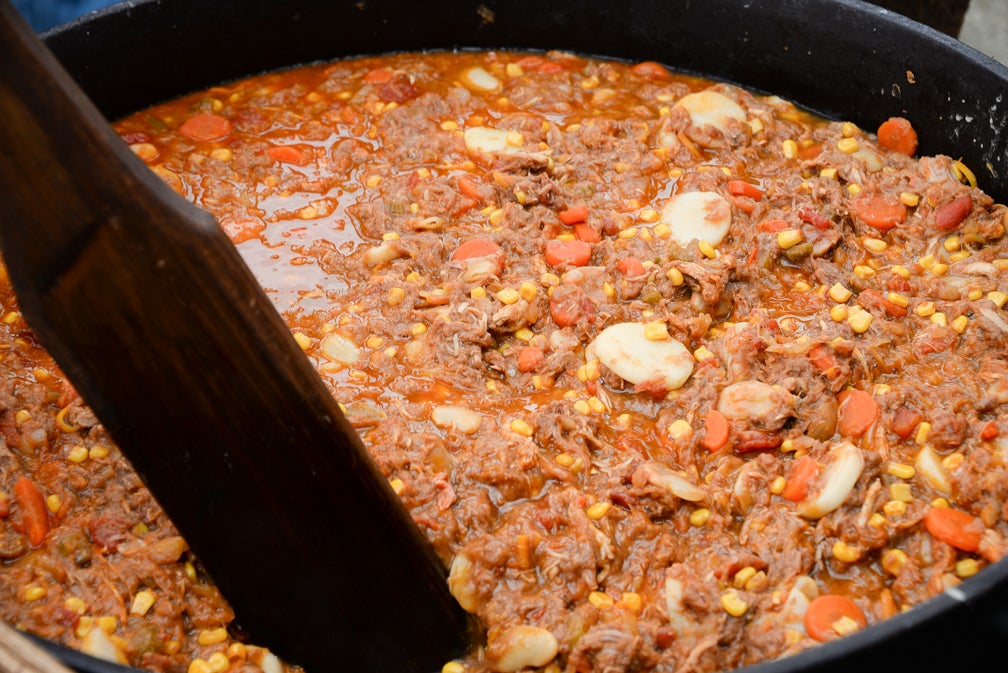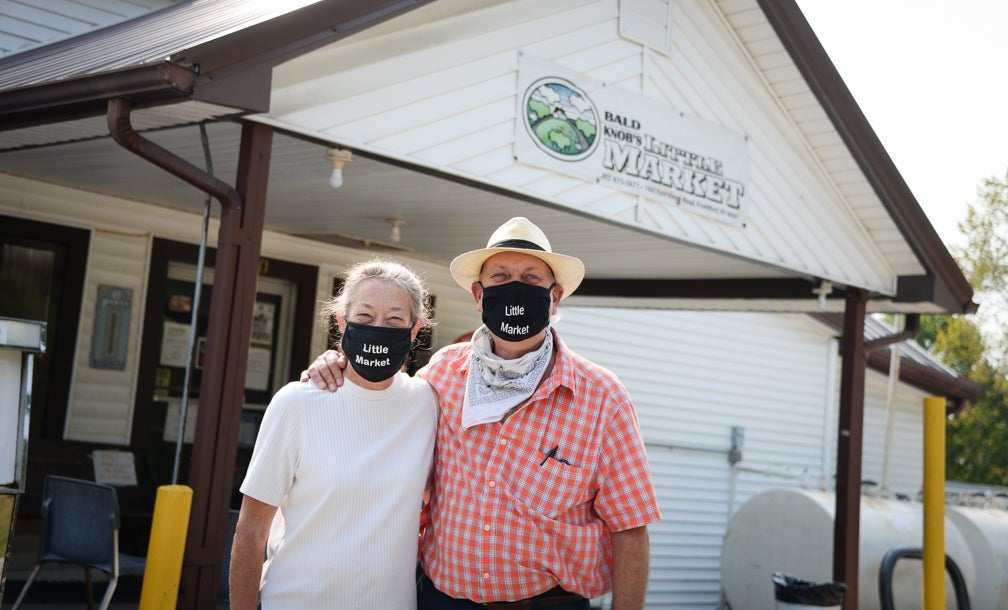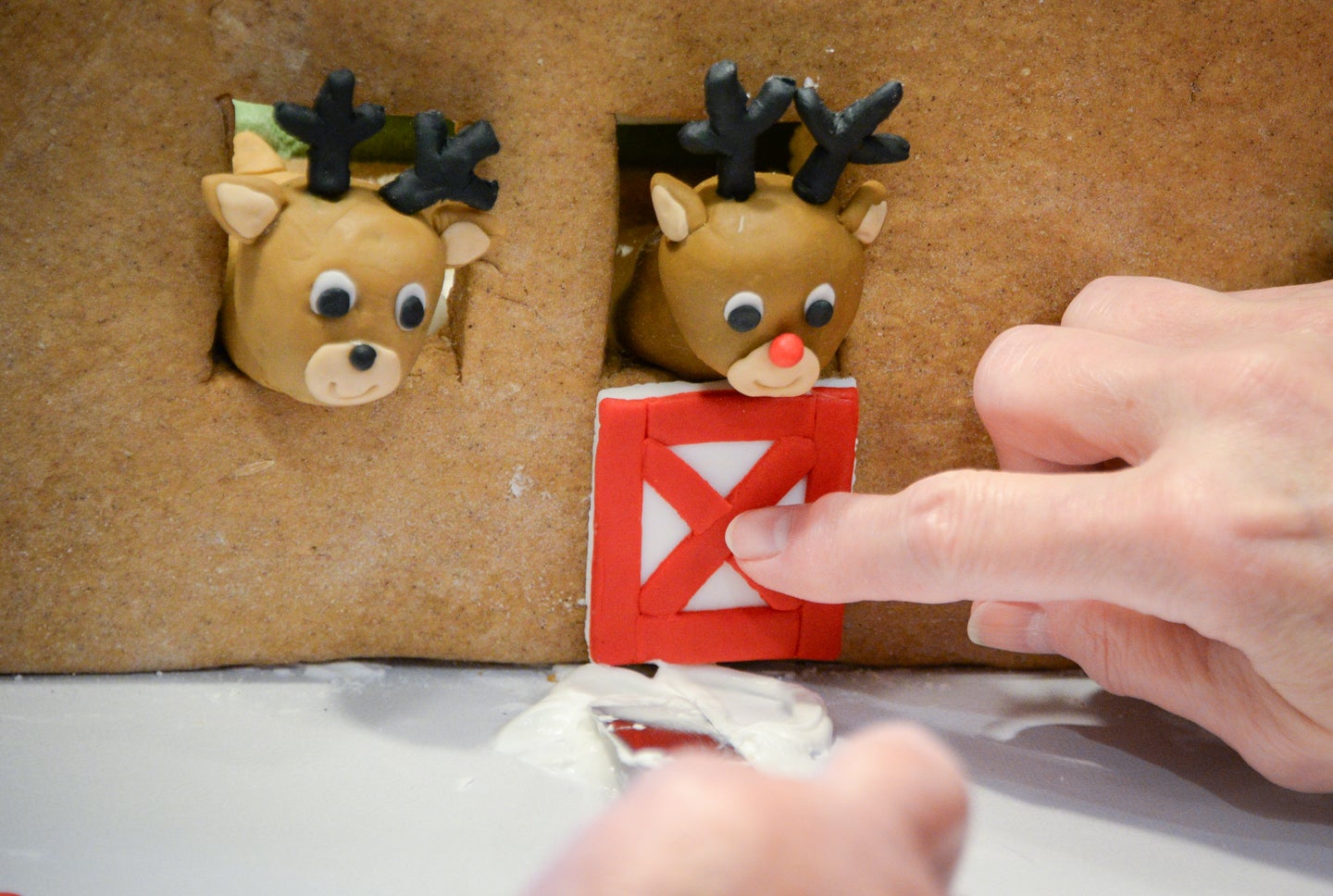By Tisa Conway-Cunningham
I first fell in love with cooking when I was 5 years old. I can remember watching my mom, Clara Cunningham, in the kitchen as she cooked dinner for the family. I loved watching her cook. It seemed so effortless. She never took out a measuring cup and I never saw her look at a recipe, but somehow her food always turned out perfect. It was like it was ingrained in her DNA, she would taste and adjust the seasoning until she was satisfied. I never asked Mama questions when she worked in the kitchen. I would follow her around taking mental notes, watching and taking it all in.
One time, Mama left me in the kitchen to use the restroom. On this evening, like always, I was sitting at the table keeping Mama company while she cooked. I watched and logged mental notes. After a while, Mama stepped out to use the restroom, after telling me explicitly to stay away from the stove. I listened. I had every intention of doing just that, but the big pot started boiling and roaring, and I knew someone had to stir the pot. Mama was taking a little longer than usual, so I had no choice but to oblige. I slid a chair over to the stove, picked up the big spoon and began to stir the big pot just like Mama would do.
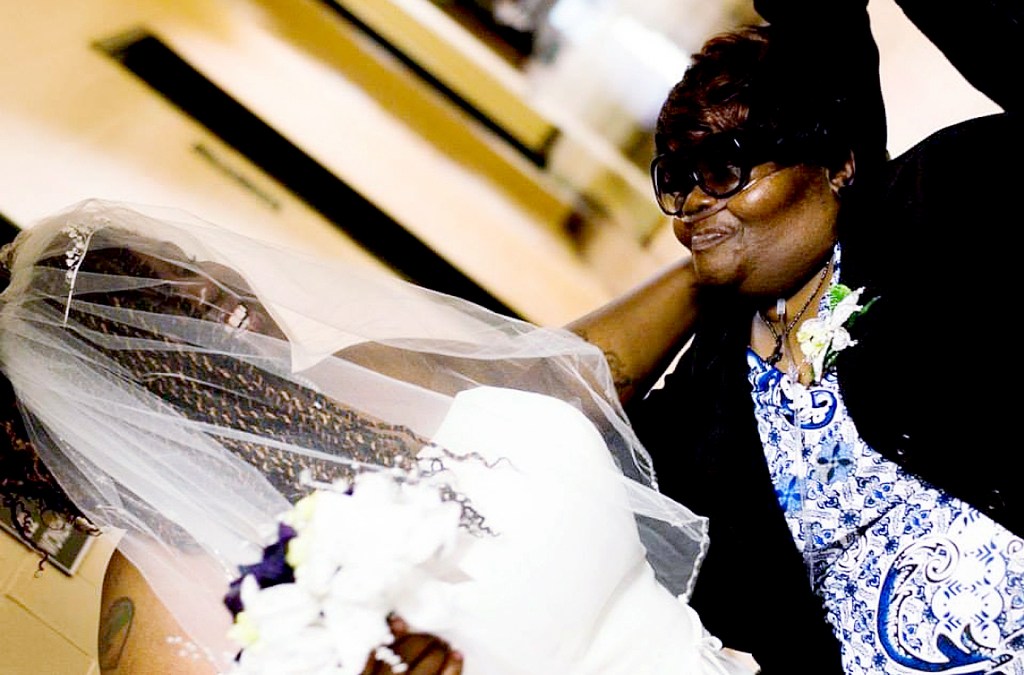
Everything was going great until my little arm rounded its stir motion a little too close to the pot, and my arm grazed it. I didn’t scream. I just winced as tears began to fill my eyes. Just then, Mama rounded the corner, and scolded me for being in her pot. She asked me why I was crying. I showed her my now black, two-inch burn mark that adorned my forearm. She pulled a glop of butter out of the fridge and put it on the burn site. A couple minutes later, I was still complaining of the burn stinging, but Mama continued to cook. She told me to return to the stove, and I hesitated. She pulled me out of the chair, pushed it up to the stove, and helped me carefully climb onto the chair.
She said, “I need help stirring this pot while I get the meat ready.”
She put the spoon in my hand, pushed the end down in the big pot, and guided my hand in a stirring motion, and then let go. She returned to the sink tending to the meat, and I stood there stirring the big pot. I was afraid. I did not want to get burned again, so this time, I made sure to take extra care as I stirred the pot. This was the day I fell in love with cooking.
From then on, I helped Mama in the kitchen. Mama taught me everything she knew, and just like Mama, cooking became second nature to me. At first it was hard to catch on, but I studied Mama. I mimicked the way she tasted the food, closed her eyes to take all the flavors in, and adjusted the seasoning in the food until it tasted perfectly like Mama’s food. Little by little, I perfected and honed my craft. I even learned how to make Mama’s dressing balls just like she made them. When I tell you people travel far and wide to get some of Mama’s dressing balls, I am not exaggerating. I learned it all.
I was about 16 years old when my mom’s health took a turn. She still wanted to prepare meals, so she would sit at the table, and I would help her prep meals and cook. We enjoyed those moments in the kitchen. No matter how much I thought I knew, Mama always managed to teach me something new. She always kept me humble, and always stressed the importance of continuing to seek out knowledge.
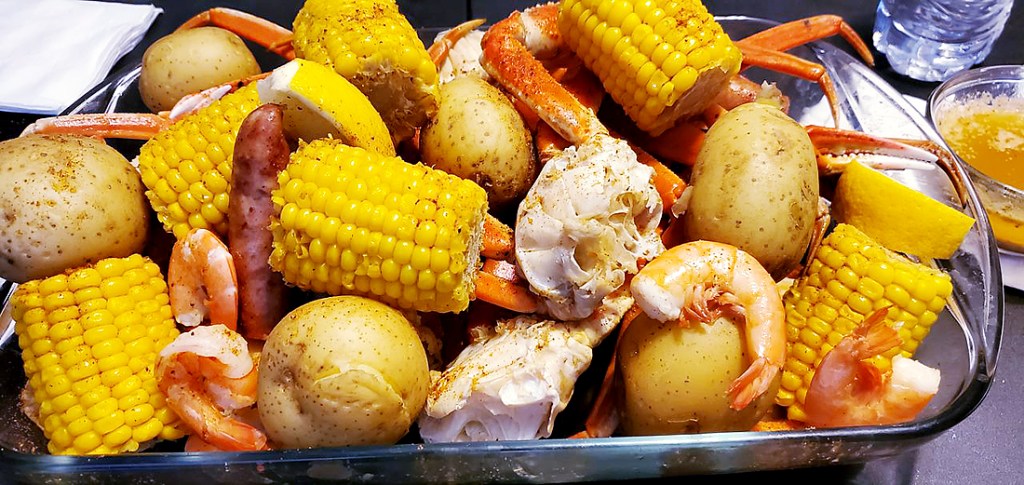
I must admit, when I took over the kitchen, I was feeling myself a little too much. I was convinced that I knew everything about cooking. Still, I chose Culinary Arts at Sullivan College in Louisville, Kentucky. That first week in Introduction to Culinary Arts and lab were brutal. My chef, Robert Schmidt, began to talk culinary terms and I felt so lost. I knew nothing about mother sauces, knife cuts or following recipes. My peers knew so much more about knife skills, technical terms and cooking techniques. I was used to just knowing how to make food taste good. Don’t even get me started on plating food — I was so out of my element.
Culinary school has a way of humbling even the most seasoned student. At first, I was intimidated by the shiny kitchen, big tables, gas stoves and fancy kitchen tools. It was hard for my small-town mind to attach to the grander that was the culinary kitchen. I shied away from the spotlight and worked in the background, attempting to learn all the techniques and terms that I was bombarded with. It was a lot. Chef Schmidt treated everyone as equals. He did not care about your background, previous knowledge of the kitchen or how many techniques you knew. He believed that everyone was able to excel in the kitchen if they put in the work.
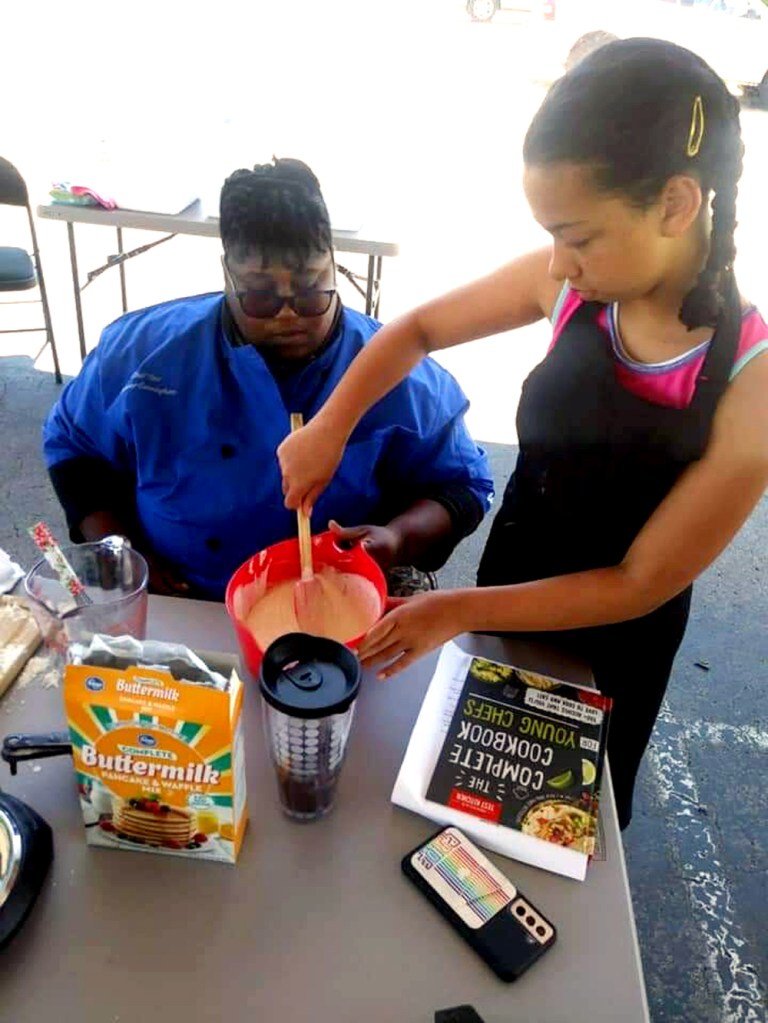
I was convinced that I was doing a good job being incognito, but, Chef Schmidt, began asking me to do little tasks here and there. At first it felt like he was picking on me, but after a while, I began to see what he was doing. He noticed how rough my techniques were and my lack of experience, so he would ask me to work on techniques so that I could practice as much as possible. He did not call me out in front of everyone or let my peers know what he was observing. He was intentional, and his deliberate tasks helped me to improve my culinary techniques.
I was in culinary school for a year and a half until my finances took me out of school. Sullivan was a private school, and in the time that I was there, it grew so much and became officially Sullivan University. The cost of tuition went up, and unfortunately, I did not have the money to finish school. So, culinary school was put on the back burner.
My friends, peers and chefs taught me so much. They inspired me so much that I never stopped cooking. The new techniques I had in my arsenal would become the basis of dinners, brunches, date nights, anniversaries and holiday events to share with my friends and family.
After leaving culinary school, I went through a lot of growth and turmoil during this time. I was discovering who I was, had no clue what I wanted to do with my life and I kind of just roamed through life searching for my authentic self. I was coming to terms with my sexuality. I was in less-than-ideal relationships, one which was a live in situation that became abusive, and almost cost me my life. Mama’s health had declined more, and I made the choice to return home to help her. I had missed her, and she was just the medicine I needed to lift myself back up.
At home, Mama and I returned to the kitchen. I taught her all the new techniques and fancy culinary terms that I learned while at Sullivan. She was so proud of me. She did not care that I had not finished school. She was just proud of how much I had grown. Over time, she spent less and less time in the kitchen with me, but we still maintained our connection to food. She only wanted me to cook for her. She loved my food, and I loved cooking for her. I cooked all the new dishes I had learned. From Coq au Vin (Chicken in Wine) to Sole fish en Papillote (cooked in parchment paper), I shared all those new flavors with her. She loved everything.
In Mama’s last year of life, I experienced a lot of epiphanies about us. Mama was my best friend. She was my teacher of life and my teacher of food. Growing up she was a mother of the Frankfort community. If someone was in need, she would try her best to help in any way she could. If someone needed shelter, she provided shelter until they could get back on their feet. If someone needed food, she provided food no matter how far she had to stretch the meals. She showed me that anything is possible if you put in the work. Most of all, Mama taught me the importance of sharing your gifts with the next generation. If we do not share those untimely family recipes, cooking secrets and cooking techniques, then they will be lost in memories of yesterday rather than living on in the tastebuds of future generations.
The last two meals that Mama requested of me were old time favorites. She wanted her chicken livers in onion gravy, and she wanted some salmon croquettes. She was at the point where she did not eat much, so I was surprised when she finished both dishes on those days. Her eyes lit up and she just kept telling me how good it was, like her mother’s. It was then that I realized Mama had learned from her mom everything that she knew, just like I learned from Mama. Perhaps the biggest epiphany came in those moments. In the kitchen Mama taught me to cook, but most importantly she passed down family recipes that were passed down to her, so that our family traditions lived on.
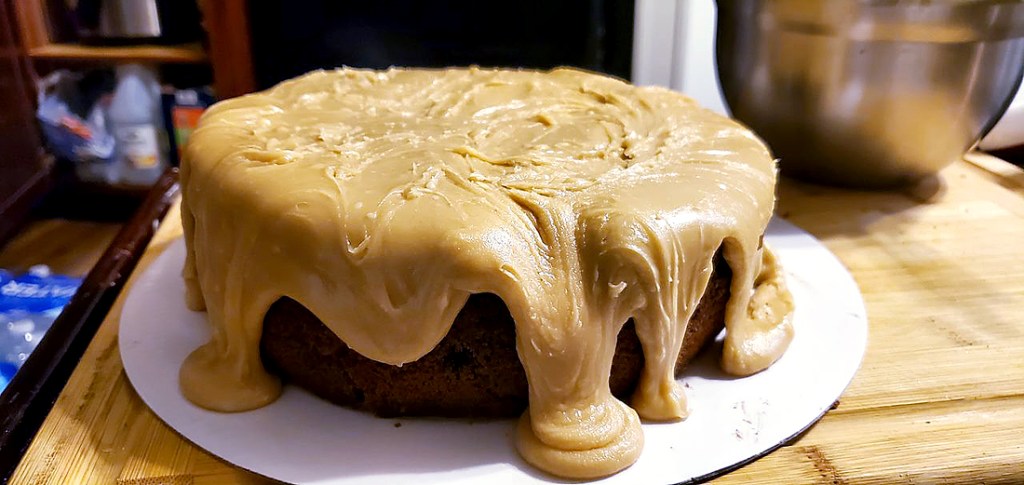
A jam cake made by Tisa Conway-Cunningham. (Photo submitted)
Remembering moments like this inspired me to want to share my gifts and knowledge of the kitchen with the younger generation. While working at Frankfort High School, some of my student babies expressed their lack of home cooked meals. So, I would cook for them sometimes. This inspired me to offer cooking classes to help young people learn how to safely navigate a kitchen, learn techniques and learn how to cook.
My vision came to fruition when Amelia Berry (former Director of Yes Arts) and Elle Travis (current Director of Yes Arts) asked if I would like to lead a culinary arts camp for kids in the summer of 2021. It was a hit. In a week’s time, the students learned how to make spaghetti with meat sauce, taco salads, after school grazing boards, breakfast with pancakes, eggs, bacon, whipped cream and strawberries. Each student cooked. Each student chopped and all the students finished with a newfound respect for the kitchen and the ingredients.
That group, my babies, their dedication and enthusiasm for learning in the kitchen have inspired me to offer classes to help others in the community to learn how to cook. Plans are in the works, and dates are expected to happen as early as this fall, so be on the lookout for upcoming dates.
I love cooking for people. It makes me feel whole when I see the look on people’s face as they eat my food. Food is an art — it is a journey and it tells a story. The kitchen is my studio, the plate is my canvas and the food is the experience. My culinary journey began long ago in my kitchen with Mama, but the journey continues, and I invite everyone to continue this journey with me.
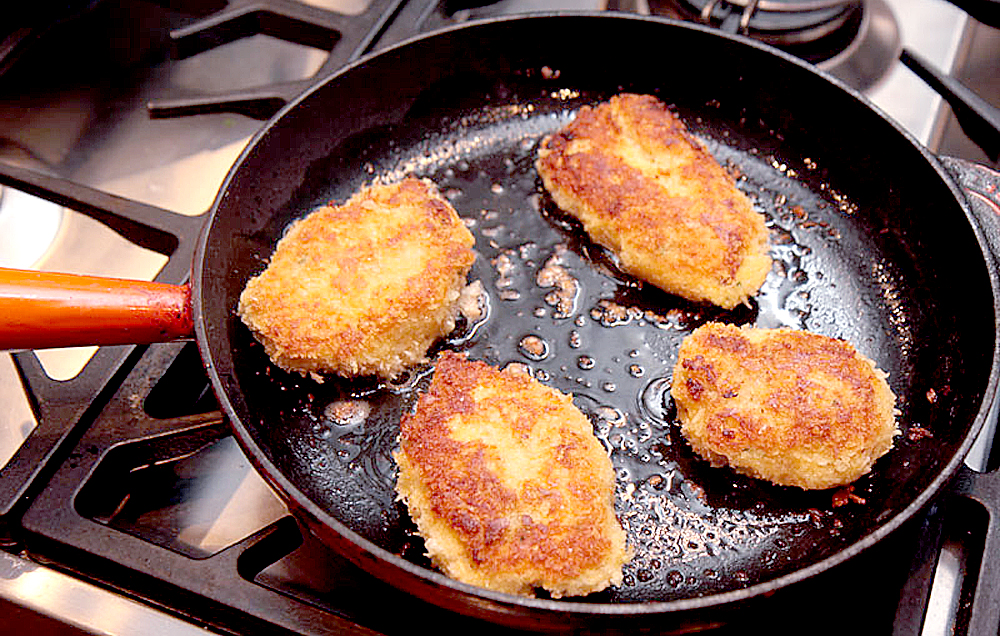
Salmon croquettes
Prep Time: 15 minutes
Cook Time: 15 Minutes
Total Time: 30 Minutes
Ingredients:
1 can pink salmon with bones removed
½-1 cup mashed potatoes, leftovers, or pre-prepped lightly seasoned
½ cup small diced onions
1 large egg
1 tablespoon garlic powder
1 tablespoon onion powder
Salt to taste
Pepper to taste
½ cup cornmeal white or yellow
¾ cup vegetable oil for frying, (may need more for each batch you fry)
Old bay seasoning, optional to taste
Instructions:
In a large bowl, add salmon, ½ cup of mashed potatoes (add more based on consistency to make patties), onion, egg, salt, pepper, and seasonings to a bowl. Mix until well combined. Pat out patties 3 inches to 4 inches (small to medium). They should be slightly soft but will make a solid patty.
Add cornmeal to a plate, season with salt, pepper, onion powder, garlic powder and Old Bay. Mix well. Carefully roll in cornmeal and set aside. To make patties easier to work with, add patties to the refrigerator for about 15 minutes to firm up.
Add oil to a cast iron skillet (or skillet) and heat until oil reaches 375 degrees. Place the first set of croquettes in the oil, giving space around each in the pan. Fry croquettes until golden brown on both sides, about 2-3 minutes (if patties are a little larger, give a couple more minutes).
Drain on a paper towel and serve. The recipe makes 12 medium croquettes.
Tisa Conway-Cunningham is a Frankfort resident. She can be reached at evejusme@gmail.com or 502-209-9793. Follow her on Facebook @csquaredcreations502.


